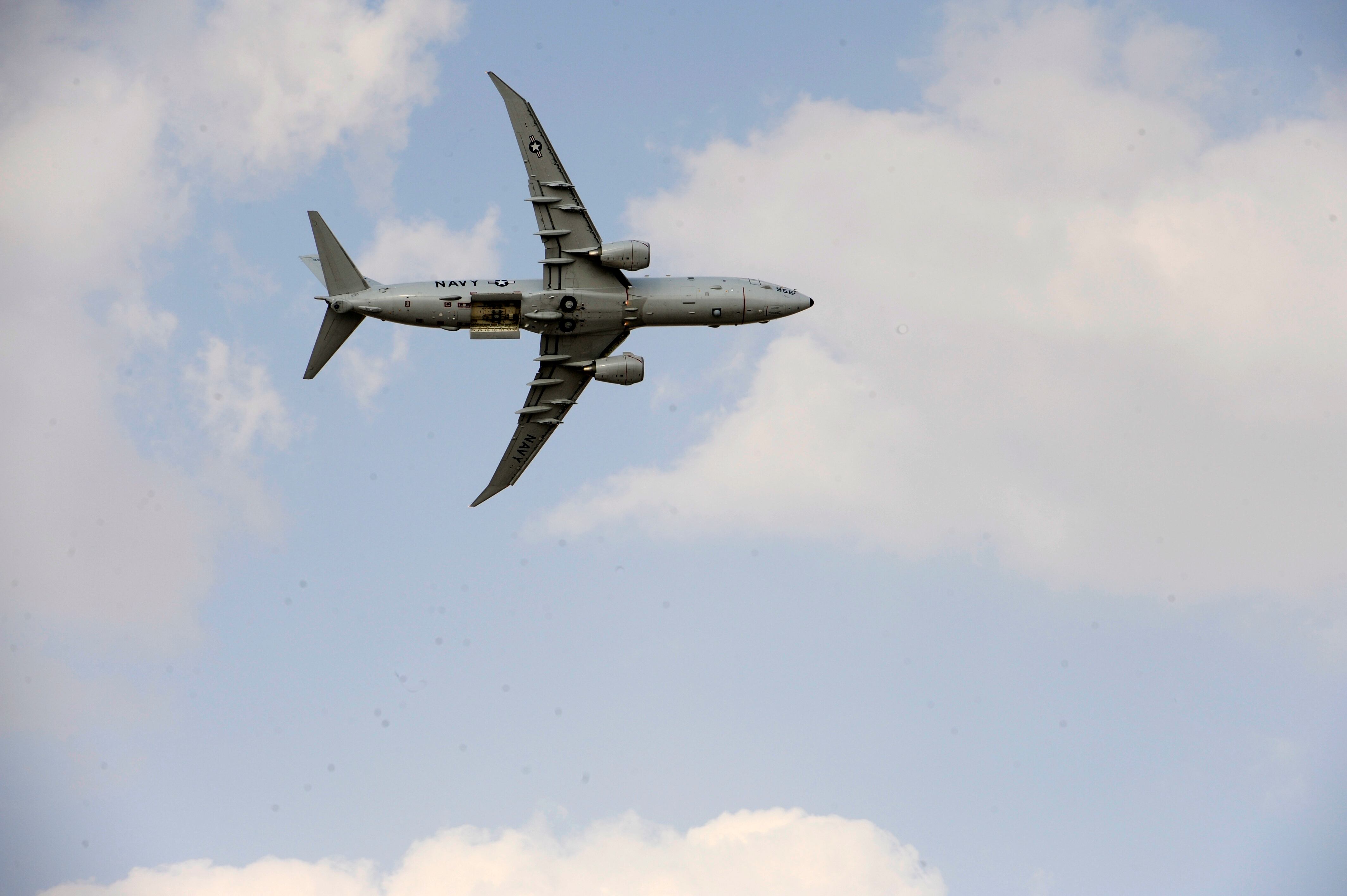LONDON — Britain’s 10-year defense equipment plan is unaffordable, with the funding gap anywhere between £4.9 billion and £20.8 billion, or as much as U.S. $29.52 billion, according to the National Audit Office.
“The Ministry of Defence is facing a minimum affordability gap of £4.9 billion. There is an additional affordability gap of £15.9 billion if all identified financial risks of cost growth materialise and the Department does not achieve any of the savings assumed in the [equipment] plan. Overall, the potential affordability gap is £20.8 billion,” the government spending watchdog said Jan. 31.
The NAO report on the affordability of the MoD’s rolling 10-year equipment procurement and support programs said it was assuming that the £6 billion of contingency funds set aside in the plan to supplement budgets will also be swallowed up by spending requirements in the 2017-2027 plan.
Optimistic project costs, exchange rate problems, failure to achieve efficiency cuts and the spiraling bill for nuclear submarine programs are some of the reasons identified by the NAO for the lack of affordability of the British equipment procurement and support programs over the next decade. The report confirms a risk previously noted by a parliamentary Public Accounts Committee investigation into the financial viability of the plan.
RELATED

As an example: Since the 2016 plan, the cost of the Dreadnought nuclear missile submarine and Astute hunter-killer submarine projects have increased by £941 million.
“Unless the Department takes urgent action to close the gap in affordability, it will find that spending on equipment can only be made affordable by reducing the scope of projects, delaying them, or cancelling them altogether. Such an approach risks destabilising the plan, compromising value for money, and undermining operational capability,” the NAO said.
To an extent, that’s already happening. Britain’s defense industry is already reporting program cuts and delays. In a trading statement late last year, Ultra Electronics said its performance had been impacted by MoD spending problems.
The NAO report said that military commands have already reduced anticipated spending over the 10-year period by £3.4 billion, allocating this funding to other responsibilities, such as staff.
“If the Commands are unable to identify ways of delivering their equipment projects to this lower budget, then they must reduce their plans elsewhere or reduce their equipment ambitions,” the spending watchdog warned.
Spending pressures also saw the MoD fail to match costs to available budgets for the 2017-2018 financial year. As a result, the NAO said, the department had not accounted for £9.6 billion of forecast costs for the year in the plan.
The NAO annually audits the affordability of the MoD’s rolling 10-year equipment plan.
The report comes just a week after recently appointed Defence Secretary Gavin Williamson announced the MoD will conduct a requirements review, known as the Defence Modernisation Programme.
The report, which uses the 2015 Strategic Defence and Security Review as its starting point, is expected to be released in late summer. The outcome is likely to significantly impact the equipment plan.
Military readiness
Defense had been part of a wider security review by the Conservative government, but it was split away as a struggle developed between Williamson and the government’s chief financial minister, Chancellor Philip Hammond, over whether additional spending could be found to overcome the kind of shortfalls the NAO has now highlighted.
The chief of the General Staff, Gen. Nick Carter, weighed into the argument for more funds last week, warning Britain must face up to the increasing threat posed by Russia.
The security element of the review is expected to be unveiled by the government in the spring.
Leaks to the media over the options armed forces commanders were considering in the original review to help close the funding gap ranged from cuts to warship and helicopter numbers through to shrinking the size of the Army and axing the Royal Marine amphibious capabilities.
The government is spending about £36 billion on defense this year and has committed to an annual 0.5 percent increase in spending in real terms up to the year 2022.
The NAO said the financial picture for defense could be even worse, as the costs of the program to build five Type 31e frigates for the Royal Navy have not been accounted for in the MoD’s plan to spend £179 billion on equipment and support over the next decade.
A competition to build the warships is currently underway, with the aim of handing over the first of the new class of frigates to the Royal Navy in 2023. The cost of the frigates themselves has been capped at £250 million each, but support and other costs are expected to drive overall program costs higher.
The NAO has forecast a minimum affordability gap of £4.9 billion, but said that figure could rise substantially if the MoD fails to meet the efficiency targets it has itself set — something it has struggled to do in the past
The MoD reports that it has so far achieved savings of about £7.9 billion and identified a further £7.6 billion of potential savings. The saving target is £16 billion by 2027.
Efficiency savings are not always what they seem. Previously so-called efficiency has often been a euphemism for capability and program cuts or delays.
Andrew Chuter is the United Kingdom correspondent for Defense News.








